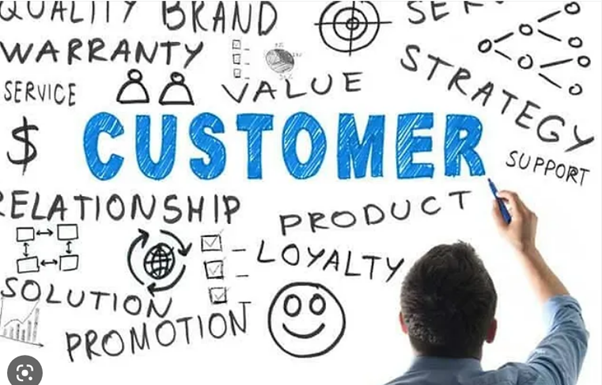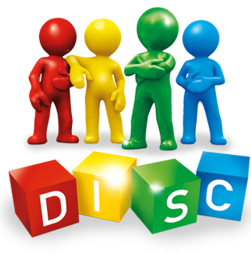A Few Notable Examples of Facilitators


Socrates – known as the father of Western philosophy, Socrates was a master of the art of questioning and facilitating meaningful discussions that challenged people’s assumptions and encouraged critical thinking.

Mahatma Gandhi – as a political and spiritual leader in India, Gandhi was a skilled facilitator of peaceful resistance and civil disobedience, helping to guide his followers towards nonviolent solutions to social and political issues.

Martin Luther King Jr. – like Gandhi, King was a powerful facilitator of nonviolent protest and social change. His leadership during the American civil rights movement helped to inspire millions and bring about significant progress towards racial equality.

Nelson Mandela – as a leader in the anti-apartheid movement in South Africa, Mandela was a skilled facilitator of reconciliation and healing. His efforts to bring together different groups and promote forgiveness and understanding helped to pave the way for a more peaceful and just society.

Brené Brown – as a researcher and author, Brown has become a renowned facilitator of conversations about vulnerability, shame, and empathy. Her work has helped to promote more meaningful and authentic connections between people.
These individuals have all had a significant impact on the world through their facilitation skills and have left a lasting legacy that continues to inspire others today.
Why do you need a Facilitator in your Business
Facilitation skills are critical in business strategy because they help to ensure:
- Effective communication
- Collaboration
- Problem-solving among teams and stakeholders
Here are 5 specific reasons why hiring the right facilitator is an essential business strategy:

1. Encourage participation and engagement
Facilitation helps create a safe and inclusive space where everyone can contribute their ideas, thoughts, and opinions.
This is especially important in business strategy, where multiple stakeholders must work together to achieve a common goal.
2. Foster collaboration and teamwork
A good facilitator will promote teamwork and collaboration by encouraging open communication and active listening.
This helps to create a sense of ownership and accountability among team members, leading to better outcomes.

3. Improve decision making
A facilitator will help to guide discussions and keep conversations focused, leading to better decision-making.
Facilitators can help teams identify key issues, generate solutions, and evaluate options, resulting in more informed and effective decisions.
4. Enhance problem solving
Facilitation skills also help to identify and address problems in a timely and effective manner.
Facilitators can help teams analyse complex issues, identify root causes, and develop innovative solutions.
5. Increase efficiency and productivity
Effective facilitation can help teams work more efficiently and productively by:
- Eliminating unnecessary discussions
- Keeping meetings on track
- Ensuring that everyone is on the same page
Facilitation skills are essential in business strategy. By leveraging these skills, businesses can achieve better outcomes, increase efficiency, and drive success.
Contact KONA today to discuss how a facilitator could benefit your business.








 By asking powerful sales questions, you can gain a deeper understanding of what your customers want or need, and ultimately what motivates them to make a purchase.
By asking powerful sales questions, you can gain a deeper understanding of what your customers want or need, and ultimately what motivates them to make a purchase.



























































































